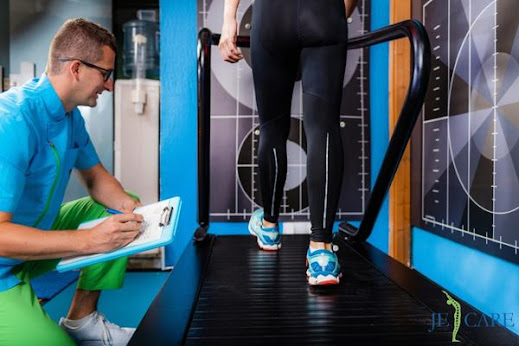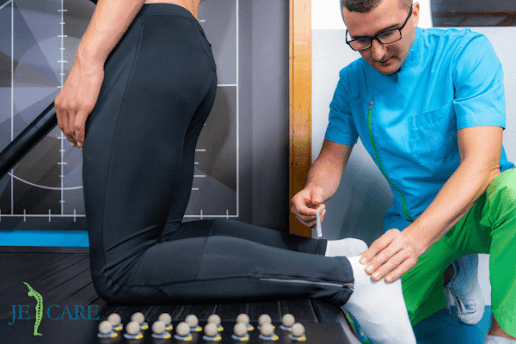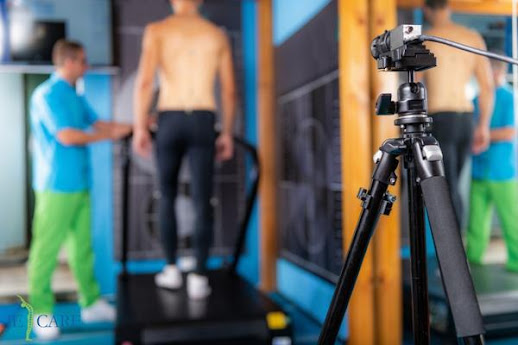Everything You Need to Know About Gait Foot Analysis
Gait is the style of how a person walks. Psychologists and medical professionals can tell much about a person following their Gait. Gait has two phases - The swing phase and the Stance phase. How a person moves their body through the two stages usually provides enough information for a medical professional to diagnose a gait abnormality. This is known as observational gait analysis Essex. This write-up will give details of the types of gait abnormalities and the Treatments that it has.
Types of Gait Disorders
Gait disorders are a symptom of an underlying disease. These are more common among older people. Suffering from gait disorders disrupts daily life. Each type of gait analysis Chelmsford differs from the other, and no two people will have the same symptoms. Some of the common abnormalities are as follows -
Hemiplegic Gait: this disorder affects only one side of the body. For example - while walking, one of your legs will move, and the other will be still; you need to drag it in a circular motion to bring it forward. This Gait is essential to take care of, as this can be a stroke symptom.
Diplegic Gait: This gait analysis Essex abnormality affects both sides of the body. Your hips and knees may bend, and your ankles will be turned inwards. The steps you take will have a swinging effect as you walk. A diplegic gait can result from cerebral palsy, stroke, or head trauma.
Neuropathic Gait: Sometimes called “foot drop,” this gait disorder causes one foot to drop down while another leg lifts. It would help if you pulled up the knee high enough to prevent the toes from dragging on the ground while walking. This can indicate multiple sclerosis (MS) or peripheral neuropathy.
Myopathic Gait: Also known as waddling Gait, you can figure out a person has this disorder by noticing their side-to-side walking styles. This can be present due to hip problems since birth. It can be a symbol of muscular diseases or spinal muscle weakness.
Parkinsonian Gait: With this kind of Gait, a person may stoop forward with his back and neck bent. People having this gait abnormality take up short, small steps. This can indicate that the person may have Parkinson’s disease.
Causes of Gait and Balance Disorders
The most common and potential causes of temporary gait or balance complications include:
Injury
Trauma
Inflammation
Pain
Arthritis
Brain Haemorrhage and Tumour
Gout
Obesity
Vitamin B12 deficiency
Vertigo
Migraine
Diagnosing Gait
A physical and neurological exam can diagnose Gait Analysis Essex or balance problems. Performance examination can be conducted to assess gait abnormalities. Some other tests that are done include:
Hearing Tests
Inner Ear Tests and
Vision Tests
An MRI or CT scan can examine your brain and spinal cord. Your physician will look to find which part of your nervous system is responsible for your gait and balance problems.
Treatments
Treatments are done for gait and balance issues depending on the causes. Treatments may include medications and physical therapy. You may need rehabilitation to learn to move muscles, compensate for lack of balance and to learn how to prevent falls. For vertigo-caused balance issues, you may learn how to position your head to regain balance.
Conclusion
Gait analysis Essex is important for older adults. Gait abnormalities have gained much familiarity, and people are worried about getting proper treatment. This article will help you to know how you should diagnose gait disorders and move on to the treatment.




Comments
Post a Comment